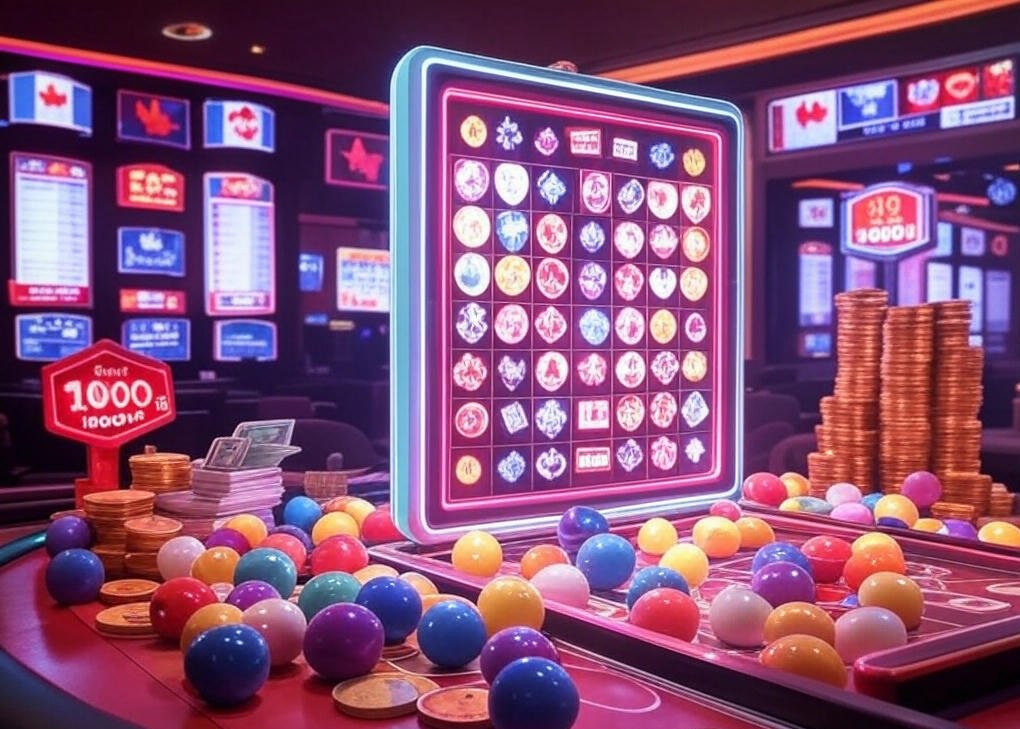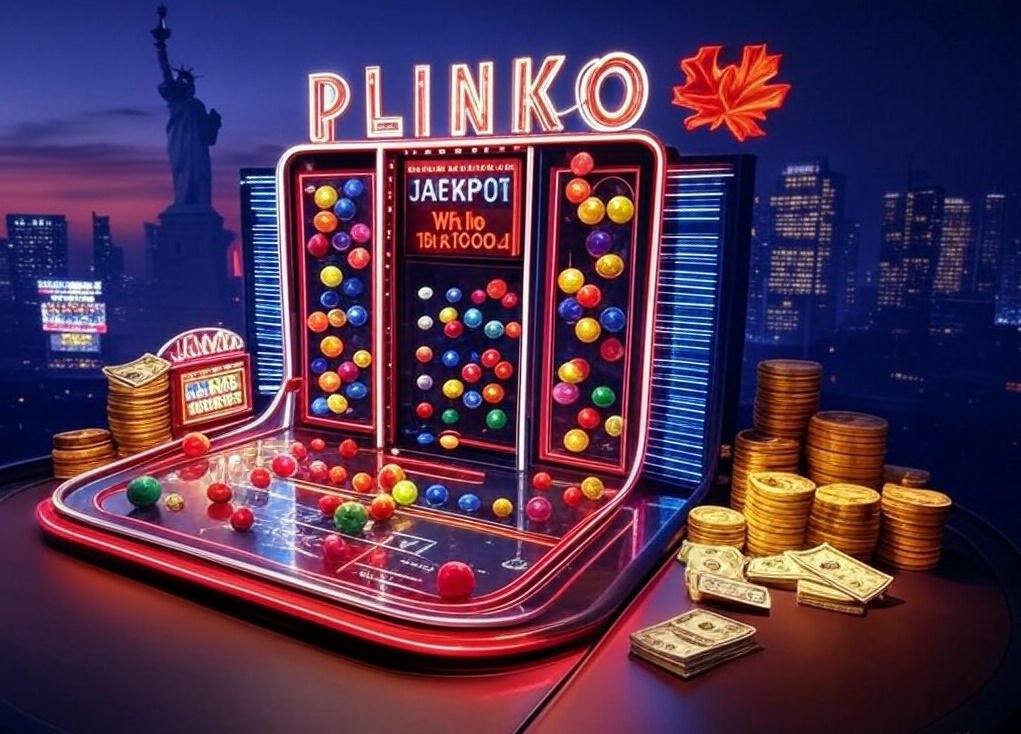The journey of the Plinko game stretches back decades, weaving a tale of chance, innovation, and entertainment. What began as a simple concept has morphed into a global phenomenon, captivating players across physical arcades and digital screens alike. Its evolution mirrors shifts in technology and culture, transforming a basic drop-and-win mechanic into something far more intricate. Let’s dive into how Plinko went from a quirky gimmick to a cornerstone of casual gaming.

The Birth of Plinko on Television
Picture this: it’s January 3, 1983, and The Price Is Right unveils a new game. A contestant stands atop a pegged board, clutching a flat disc. With a flick, the disc tumbles down, bouncing unpredictably before landing in a slot below. That’s the moment Plinko was born. Created by producer Frank Wayne, the game blended luck with spectacle. Its name—a playful nod to the “plink” sound of the disc—stuck instantly. Back then, it was a physical marvel, relying on gravity and wooden pegs. Prizes ranged from a modest $100 to a dazzling $10,000, sparking cheers from the studio audience.
The Plinko game didn’t just entertain; it hooked viewers with its simplicity. No skill required—just drop and hope. This accessibility laid the groundwork for its lasting appeal. Over the years, The Price Is Right tweaked the board’s design, adjusting peg patterns and prize slots. Yet, the core stayed the same, preserving its charm through the ‘80s and ‘90s.
From TV Screens to Carnival Stands
Beyond television, Plinko found a second home in carnivals and fairs. By the late 1980s, portable versions popped up across North America. Vendors crafted smaller boards, often handmade, swapping discs for coins or tokens. These setups traded big cash prizes for trinkets or tickets, but the thrill remained. Kids in cities like Seattle, Toronto, and Chicago lined up, mesmerized by the bouncing chaos. The game’s tactile nature—watching something fall and ricochet—kept it alive outside the studio.
Interestingly, carnival Plinko boards varied wildly. Some used fewer pegs for quicker drops, while others added obstacles like spinning wheels. This grassroots spread showed its versatility. It wasn’t tied to one format or prize structure, making it a chameleon of casual play. Meanwhile, TV kept it in the spotlight, ensuring Plinko never faded into obscurity.
The Digital Leap in the 2000s
Fast forward to the new millennium. The internet changed everything, and Plinko wasn’t left behind. By the early 2000s, online gaming sites began experimenting with digital versions. No longer bound by wood and gravity, developers coded the Plinko game into virtual spaces. The first iterations were basic—pixelated boards with simple animations. But they worked. Players could now drop discs from their couches, anytime, anywhere.
This shift brought new possibilities. Online Plinko introduced multipliers, bonus rounds, and customizable boards. Sites tweaked odds and payouts, drawing in gamblers alongside casual fans. The game’s charm translated surprisingly well to screens, retaining that unpredictable bounce. By 2010, mobile apps joined the fray, shrinking Plinko into pocket-sized fun. Developers added sound effects mimicking the classic “plink,” bridging the gap between old and new.
Plinko in the Casino World
Casinos—both physical and online—spotted Plinko’s potential next. In the 2010s, it crept into gambling halls as a novelty. Brick-and-mortar spots built oversized boards, some towering over players, blending arcade vibes with betting stakes. Online, the Plinko game became a staple on crypto platforms like Stake and BitStarz. Here, players wagered Bitcoin or Ethereum, watching digital discs chase multipliers as high as 1000x.
This casino phase marked a bold evolution. Plinko shed its family-friendly roots, embracing a riskier edge. Developers layered in statistics—drop patterns, win rates—catering to strategic minds. Yet, the randomness stayed central, keeping it true to its origins. For a deeper dive into its TV beginnings, check out The Price Is Right’s history on Wikipedia.
Plinko Today: A Modern Marvel
Today, Plinko thrives in a hybrid world. Physical boards still grace game shows and arcades, while digital versions dominate apps and websites. Its simplicity endures, but enhancements abound. Some platforms let players adjust peg layouts or disc weights, tweaking the experience. Others tie Plinko to live streams, where hosts narrate drops in real-time. The game’s footprint spans continents, from Las Vegas casinos to mobile screens in Vancouver.
What’s striking is its adaptability. Plinko has weathered decades by evolving without losing its soul. The core mechanic—drop, bounce, win—feels timeless. Yet, each era adds a layer, whether it’s TV glitz, carnival grit, or digital polish. Data backs this staying power: a 2022 survey pegged it among the top five retro games still played online.
Key Milestones in Plinko’s Evolution
| Era | Platform | Innovation | Prize Style |
|---|---|---|---|
| 1983 | TV (Game Show) | Pegged board debut | Cash ($100-$10,000) |
| Late 1980s | Carnivals | Portable, handmade boards | Tickets or trinkets |
| Early 2000s | Online Games | Digital discs, basic graphics | Virtual coins |
| 2010s | Mobile Apps | Touchscreen play, sound effects | In-app rewards |
| 2015-Present | Casinos | Multipliers, crypto betting | High-stakes payouts |
This table traces Plinko’s path, highlighting how each leap reshaped it. From wooden pegs to blockchain bets, the game’s grown without breaking.
The Cultural Impact of Plinko
Beyond mechanics, Plinko carved a niche in pop culture. It’s spoofed on shows like Family Guy and referenced in memes about luck. Its sound—those plinking drops—triggers nostalgia for anyone who grew up with ‘80s TV. Online, streamers on Twitch and YouTube turned Plinko game sessions into events, racking up views. The game’s unpredictability fuels both laughter and tension, a rare combo.
Socially, it’s a unifier. Families in Denver and Montreal alike recall playing it at fairs or watching it on TV. Digital versions now connect strangers worldwide, betting or chatting over drops. Few games boast such a broad, enduring reach. Plinko’s evolution isn’t just technical—it’s emotional, tying generations to a shared thrill.
What Lies Ahead for Plinko
Looking forward, Plinko shows no signs of slowing. Virtual reality could be next, plunging players into 3D boards where they drop discs themselves. AI might tweak odds dynamically, tailoring each game. Or perhaps augmented reality brings Plinko into living rooms, overlaying pegs on coffee tables. Whatever the tech, its essence—simple, random fun—will likely hold firm.
The Plinko game has already outlasted trends, adapting to each decade’s tools and tastes. Its journey from a TV prop to a global pastime proves its resilience. As long as people crave chance and cheer, Plinko will keep bouncing along.
Frequently Asked Questions
What Was the Original Purpose of the Plinko Game?
The Plinko game debuted on The Price Is Right in 1983 as a fresh way to blend luck with entertainment. Producers aimed to create a visually engaging segment that anyone could play—no skill needed. Contestants dropped a disc down a pegged board, hoping it landed in high-value slots. It was less about strategy and more about spectacle, designed to keep viewers glued to their screens with its unpredictable chaos.
How Has Plinko Changed From Its TV Roots?
Since its TV launch, Plinko has stretched far beyond the studio. The original relied on a physical board and basic prizes, but carnivals shrank it into portable fun. Online versions in the 2000s added digital flair—multipliers, animations, and mobile access. Casinos later upped the stakes with crypto betting and giant boards. Each shift kept the core drop mechanic intact while layering on new twists suited to the times.
Why Did Plinko Become Popular in Casinos?
Casinos embraced Plinko for its simplicity and thrill. In the 2010s, online platforms saw its random nature as a perfect fit for gambling. Players could wager small amounts for big multipliers, like 1000x, appealing to risk-takers. Physical casinos added oversized versions for drama. Its low entry barrier—drop and watch—drew casual bettors, while the chance of huge wins hooked seasoned gamblers.
Can You Still Find Physical Plinko Boards Today?
Yes, physical Plinko boards persist. Game shows like The Price Is Right still feature them, unchanged in spirit. Arcades and fairs in places like Austin or Calgary keep smaller versions alive, often for nostalgia. Some casinos boast towering setups for betting. Though digital dominates, these tangible boards offer a hands-on charm that screens can’t fully replicate, keeping the classic alive.
What Makes Plinko Different From Other Games?
Plinko stands out with its pure randomness. Unlike poker or slots, there’s no skill or pattern to master—just gravity and luck. Its visual hook, watching a disc ping-pong down pegs, adds suspense other games lack. From TV to apps, it’s stayed accessible yet unpredictable. That mix, plus its evolution across platforms, keeps Plinko a unique player in gaming’s vast landscape.
